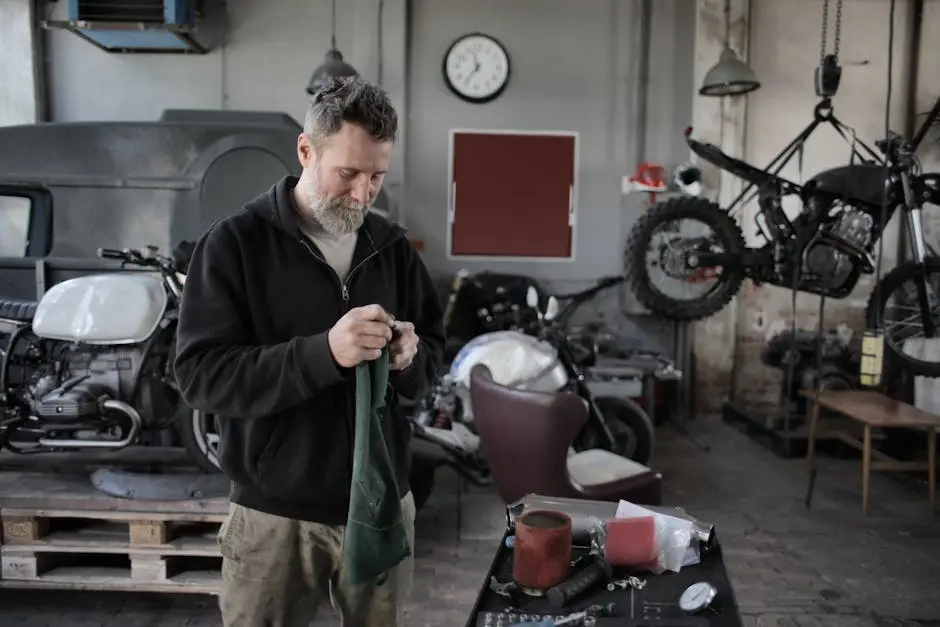
How Do I Prepare My Motorcycle for ECU Tuning?
Share
Preparing your motorcycle for ECU tuning is an essential step to ensure optimal performance and efficiency. In this guide, we will walk you through the necessary steps to get your bike ready, ensuring you have a smooth and successful tuning experience.
Step 1: Check Your Motorcycle’s Condition
Inspect your motorcycle for any mechanical issues. Look for leaks, worn parts, and ensure the battery is fully charged.
Giving your bike a thorough inspection is crucial. Check the tire pressure and tread depth; they can significantly affect your motorcycle’s handling and safety. Next, inspect your brake pads and fluid levels. If the brakes don’t feel responsive, it could mean they need attention before you start tuning.
Pay special attention to the electrical components as well. Ensure that your headlights, turn signals, and taillights are functioning. A motorcycle’s electrical system plays a major role in its overall performance, especially during tuning.
Step 2: Gather Necessary Tools
Collect tools that you might need for the process, such as a diagnostic tool, wrenches, and screwdrivers.
Besides the basic tools, consider investing in a quality multimeter to test electrical components. This can help ensure that all readings are accurate during your tuning process. Furthermore, a laptop or tablet with the appropriate software will be invaluable for interfacing with your motorcycle’s ECU.
Don’t forget about safety gear! Having gloves, goggles, and a clean workspace can prevent common accidents and make your tuning experience smooth. A clutter-free environment allows you to focus on the important task at hand.
Step 3: Backup Existing ECU Settings
Before changing anything, make sure to back up your current ECU settings to restore them if needed.
Backing up is not just a precaution; it’s a necessity. If something goes awry during the tuning process, you’ll want to easily revert to your original settings without hassle. Use software specific to your bike model for accurate backups.
Consider documenting your existing values as well. Create a log that details current fuel maps, ignition timing, and any other parameters that may be critical for future reference. This log will also help you understand the changes post-tuning.
Step 4: Ensure Proper Fuel Quality
Use high-quality fuel that meets your motorcycle’s specifications to avoid complications during tuning.
Fuel quality greatly affects the tuning process. Look for fuel that has the appropriate octane rating specified in your motorcycle’s manual. Using lower-quality fuel may lead to knocking or inconsistent engine performance.
Additionally, try to use fuel from reputable brands to avoid potential contamination. Poor quality fuel can not only affect performance but can also impact the longevity of your engine and its components.
Step 5: Plan for a Test Ride
After tuning, plan for a test ride to evaluate the performance changes and ensure everything works smoothly.
A test ride is your opportunity to feel the improvements firsthand. Begin with short rides to allow the ECU to adjust before hitting higher speeds. Pay close attention to how the throttle responds and whether the engine sounds normal.
Make notes during your rides about any anomalies you encounter. If you notice excessive fuel consumption or any irregular sounds, don’t hesitate to dive back into those settings. Remember, tuning is a process, and sometimes adjustments are needed even after the initial changes.
Final Thoughts on Preparing for ECU Tuning
By following these preparation steps, you can help ensure that your motorcycle is in peak condition for ECU tuning. Proper preparation not only maximizes performance but also prolongs the life of your bike. Happy riding!

